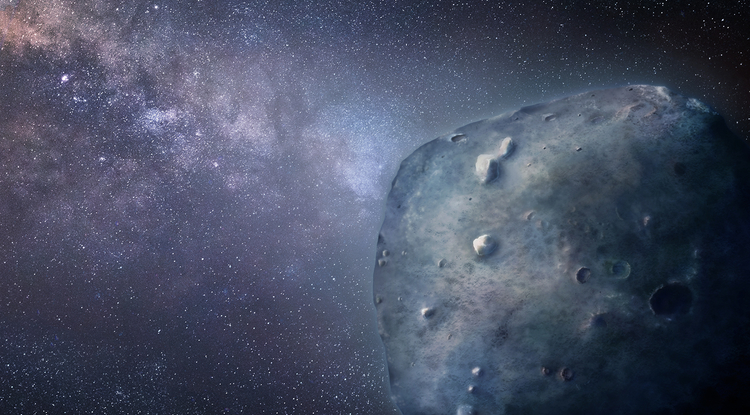Having studies countless asteroids in near-Earth space, astronomers have come to understand that the majority of these rocks fall into one of two categories: S-type (grey) and C-type (red). These are defined by the types of materials on their surfaces, with S-type asteroids being primarily composed of silicate rock and C-type asteroids being made up of carbon materials.
However, there is also what are known as blue asteroids, which make up only a fraction of all known Near-Earth Objects (NEO). But when an international team astronomers observed the blue asteroid (3200) Phaeton during a flyby of Earth, they spotted behavior that was more consistent with a blue comet. If true, then Phaeton is of a class of objects that are so rare, they are almost unheard of.

